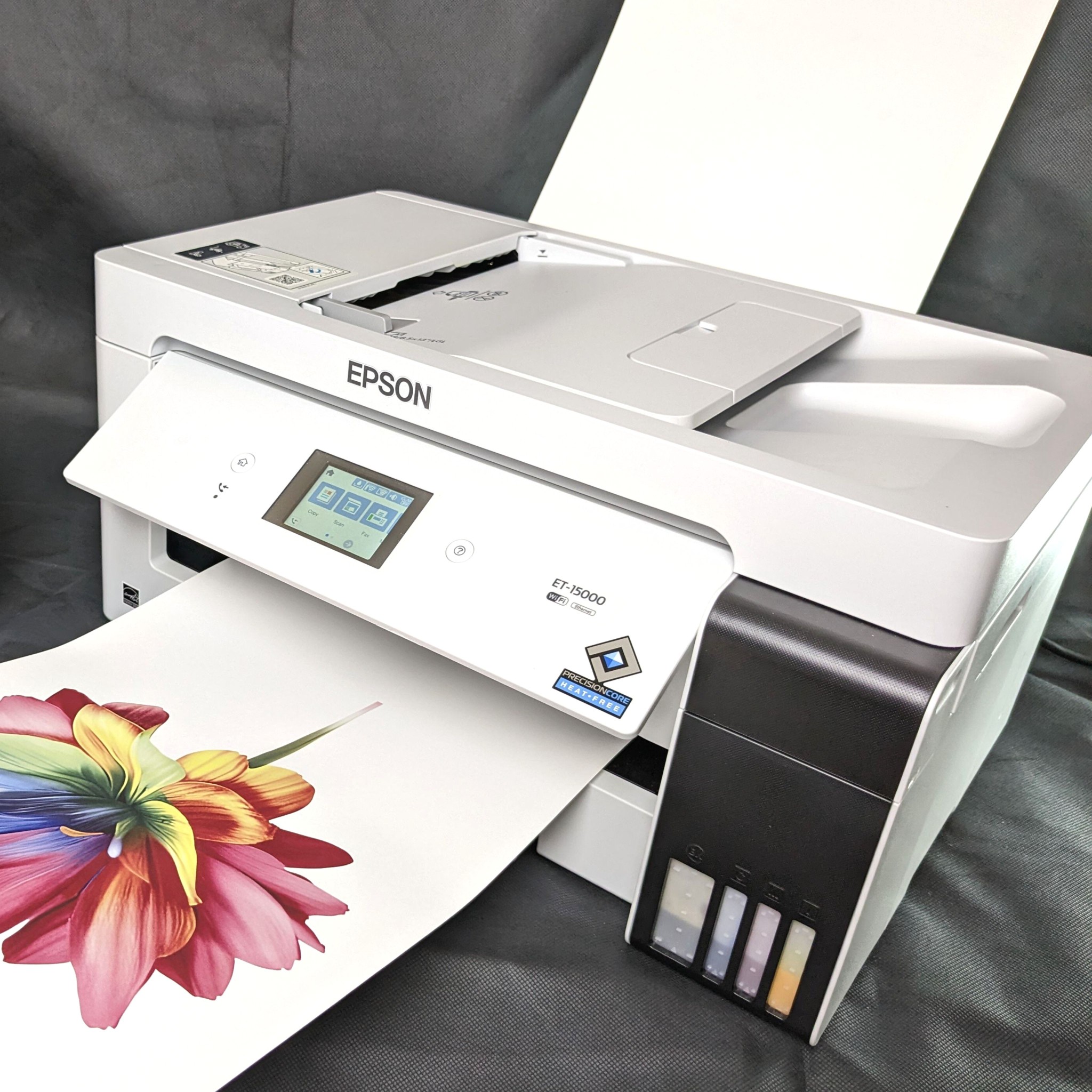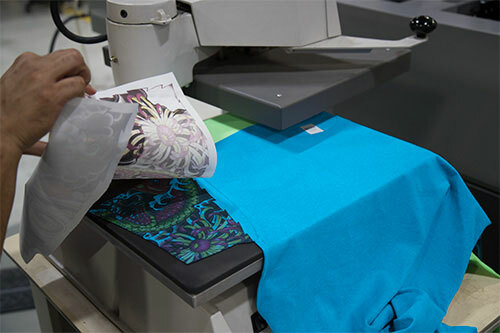Why DTF Printing is the Future of Custom Clothing Manufacturing
Why DTF Printing is the Future of Custom Clothing Manufacturing
Blog Article
A Comprehensive Guide to the Various Types of Towel Printing Methods
Each approach, from the careful workmanship of block printing to the rapid effectiveness of display printing, offers special functions and provides distinctive benefits. Digital printing's versatility and ecological awareness stand in raw contrast to the speedy modification of warmth transfer printing.
Block Printing
Block Printing, one of the oldest methods of textile design, has an abundant background that dates back to ancient civilizations. The procedure involves carving intricate designs into wooden blocks, which are then dipped in dye and pushed onto textile to produce patterns.
The precision and workmanship involved in block printing make it a labor-intensive procedure, however it also enables a high degree of modification. Artisans can produce distinct patterns by integrating various blocks or differing the application of color. This flexibility has actually added to the enduring appeal of block printing in both standard and contemporary fabric style.
Block printing is especially valued for its visual qualities, including the slight variations in pattern and shade that arise from the hand-printing procedure. These imperfections lend an unique character to each piece, distinguishing it from mass-produced fabrics. In spite of advancements in contemporary printing technologies, obstruct printing continues to be a treasured method, celebrated for its historical importance and imaginative worth.
Screen Printing
Screen printing, an additional famous fabric decor technique, has changed the sector with its efficiency and versatility. This method involves developing a stencil, referred to as a screen, and utilizing it to use layers of ink on the printing surface area. Each color in the layout requires a different display, which enables vivid and intricate multi-colored prints.

Among the vital benefits of screen printing is its versatility to different kinds of textiles, including cotton, polyester, and blends. This method is particularly suitable for large-volume orders due to its cost-effectiveness and rate. The sturdiness of the prints is one more significant advantage, as the ink bonds well with the material, ensuring durable layouts that endure multiple washes.
The procedure starts with preparing the screens by covering them with a light-sensitive solution. When dried out, the design is transferred onto the emulsion-coated display using a UV light. The exposed areas harden while the unexposed components are washed away, producing a pattern. Ink is then pushed with the stencil onto the fabric utilizing a squeegee.
Display printing is extensively made use of in the garment industry, advertising items, and customized garments. Its ability for top quality, thorough prints safeguards its standing as a keystone method in fabric printing.
Digital Printing
Digital printing has promptly emerged as a sophisticated method in the textile sector, leveraging sophisticated modern technology to create high-resolution designs straight onto fabric. Unlike typical techniques, electronic printing uses inkjet printers to down payment pigment or dye-based inks onto fabrics, enabling intricate and dynamic patterns with an amazing degree of information and shade accuracy.
Among the main benefits of digital printing is its flexibility. This technique enables for on-demand printing, which considerably reduces waste and minimizes supply costs. In addition, read what he said it supports short runs and personalized styles, making it ideal for custom jobs and limited-edition collections. The removal of screens and various other configuration needs additionally enhances efficiency, minimizing manufacturing time and labor prices.
Additionally, digital printing is eco-friendly. sublimation printing. It makes use of water-based inks and calls for much less water and power contrasted to standard strategies, straightening with lasting techniques. The accuracy of electronic printing also permits using a bigger array of textiles, consisting of cotton, silk, polyester, and blends, making sure convenience throughout different applications
Warm Transfer Printing
Exactly how does warm transfer printing revolutionize material layout? Heat transfer printing includes using warm and pressure to move a layout from a specifically created paper onto fabric.
One of the key advantages of warmth transfer printing is its capacity to create premium, comprehensive pictures swiftly and successfully. It is particularly well-suited for small manufacturing runs and customized orders, making it a prominent choice for customized clothing and marketing products. Additionally, this method is functional, suiting different sorts of textiles including cotton, polyester, and blends.
Moreover, warmth transfer printing is reasonably economical compared to various other techniques, as it requires Homepage marginal configuration and lower first financial investment - DTF printing. This price, paired with its ability for producing lively, durable prints, underscores its critical role in modern textile layout

Dye Sublimation Printing
Dye sublimation printing, a sophisticated material printing technique, offers unmatched vibrancy and durability for styles on various artificial textiles. This technique entails transforming strong color right into a gas without going through a liquid state, allowing the dye to penetrate the textile seamlessly. The process starts with publishing the layout onto an unique transfer paper using sublimation inks. The printed transfer paper is after that put on the material, and both are subjected to high warmth and pressure utilizing a warm press. The heat triggers the color to sublimate look what i found and bond with the textile fibers, creating an irreversible, high-resolution print that withstands fading and cracking.
One of the key advantages of color sublimation printing is its capacity to produce continuous-tone prints with lively shades and complex details. Unlike other printing methods, the dye ends up being component of the material instead of resting on top of it, causing a breathable and soft surface. This technique is especially efficient on polyester and other synthetic materials, making it a preferred choice for sportswear, banners, and home fabrics. Additionally, dye sublimation is eco-friendly, as it needs no water and generates marginal waste, straightening with lasting production techniques.
Final Thought
Block printing is respected for its artisanal high quality, while screen printing is helpful for high-volume manufacturing. Digital printing provides flexibility and environmental advantages, whereas warmth transfer printing is optimal for fast personalization.
Each approach, from the precise craftsmanship of block printing to the quick efficiency of screen printing, serves one-of-a-kind functions and uses distinct benefits. Digital printing's adaptability and environmental awareness stand in raw contrast to the swift customization of heat transfer printing. In spite of breakthroughs in modern printing innovations, obstruct printing stays a valued strategy, commemorated for its historical importance and artistic value.
Dye sublimation printing, a sophisticated fabric printing method, provides unrivaled vibrancy and long life for designs on different artificial textiles. Digital printing gives versatility and ecological advantages, whereas warmth transfer printing is ideal for rapid modification.
Report this page